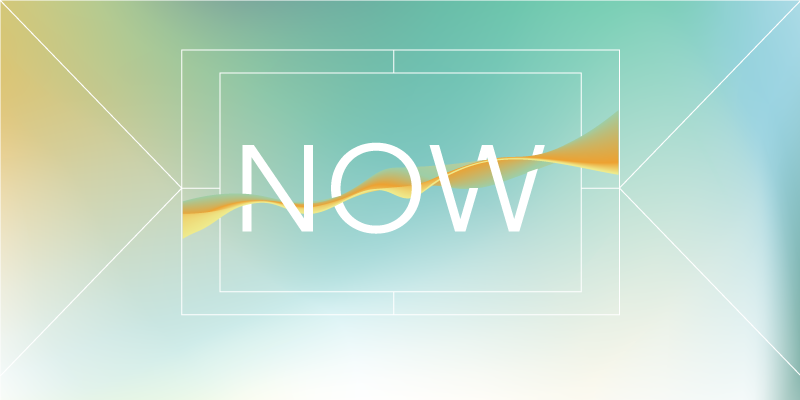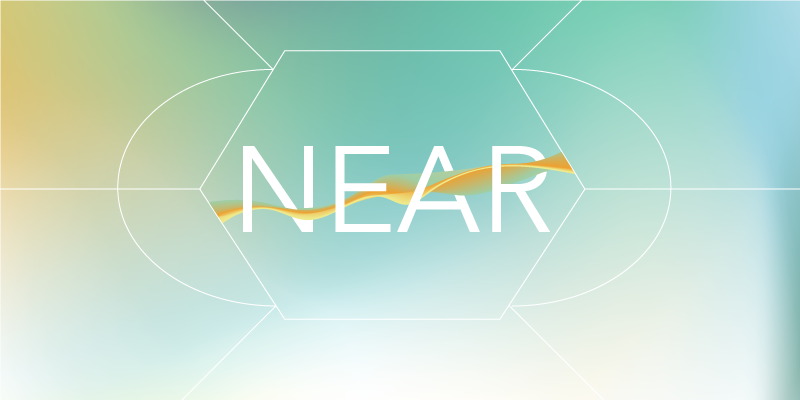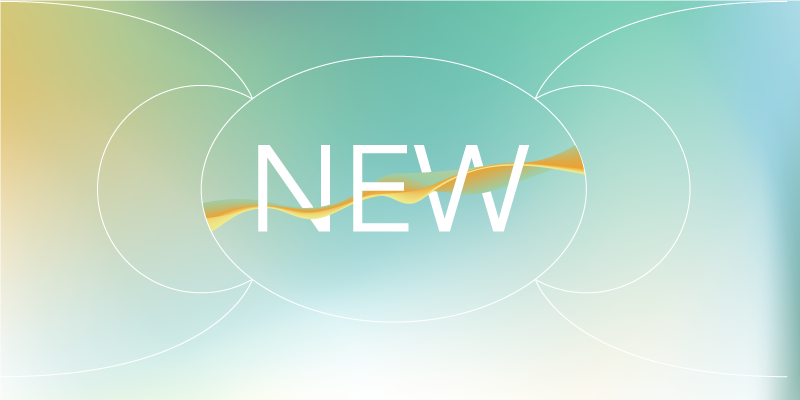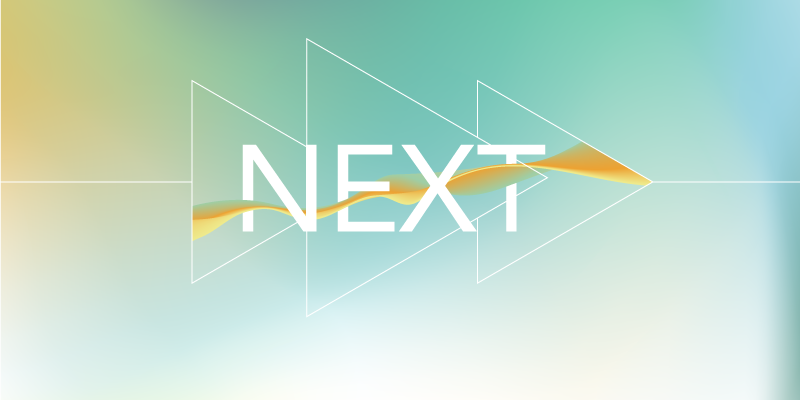In the 1953 science fiction novel, “More than Human,” Theodore Sturgeon narrates the story of six people with extraordinary powers who come together to form a new form of consciousness, ultimately reaching a new stage of human evolution. While the powers described in the novel are a product of fiction, several researchers, educators and activists today agree that the anthropocentric perspective of society has limits and remains unable of recognizing the inequalities and injustices that human privilege enables and justifies over all that is not human.
This opens up for a space of critical reflection and the imagination of infinite possibilities where the intersectionality of what is deemed different, the hybridization of human and non-human, and the level of intimacy achieved with technology define new social paradigms, new ways of living and thinking. However, this perspective could also create new dualisms, forms of human privilege and difference for what remains outside the human sphere, and further exclusion for those who have traditionally been kept on the margins.
We believe it is necessary to reactivate collective curiosity and broaden our cognitive and cultural boundaries to reflect on the relationship between humans, non-human living beings and technology, through the perspective of those who are potential designers of objects, spaces, services, experiences, processes, interactions…more-than-human.






